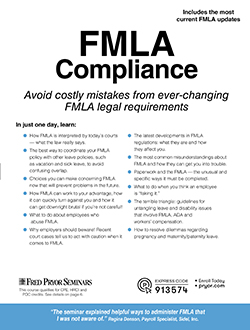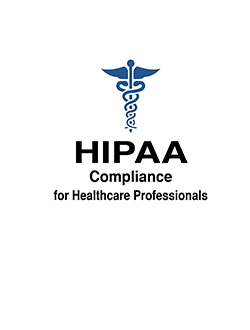DOLs Final Rule for FLSA Overtime Exemption: Next Steps (Video)
- Author: Lisa Smith
- Categories:
- Tags:
- Share on:
Transcript
What’s an employer to do? December 1st, 2016, the final rule is going to kick in. And we all have to be ready.
So let’s say you’ve performed the internal audit in your organization, and you found out, uh-oh, we have some folks that don’t qualify for the exemption. Maybe I should change that terminology a little bit. Maybe you found out, uh-oh, we have some positions that don’t qualify for this exemption, because actually, it’s not the person that has to qualify. It is the position.
So one of the first things you want to take a look at is the job description. You want to look and make sure the job description actually matches the duties being performed. And when you’ve looked at all of that, if you find that you have a position that really is nonexempt, now we have to consider our options.
Will, number one, we go ahead and raise the pay of the worker? That’s pretty easy. As long as everything else is in place, we’re done.
Number two, we figure out a good, solid, fair hourly rate plus overtime at the rate of time and a half for our worker, and move them over to nonexempt. Pay them the set rate for 40 hours a week. And when they exceed 40 hours in a seven-day work week– for most states and most industries– then we will pay them time and a half.
Now, one little caveat– I do say most, because we know states like California and Alaska, for instance, require overtime to be paid on a daily basis. Any person working over 8 hours in a day gets overtime in those two states. So you will want to check your state guidelines.
Maybe we’ll take advantage of the option to have them work 40 hours, and not allow overtime pay. We might suffer a little in productivity, but overall, maybe it will be the thing we need to do to make our organization be able to comply fully with these new guidelines. Maybe we’ll hire this person a part-time assistant at a lower rate of pay. Maybe that will help with productivity, and still keep salaries where they need to be to make our organization function effectively.
We have a lot of options. And I would suggest that you get some counsel, whether you talk to your attorney, your CPA if they’re qualified to discuss the FLSA with you, or an FLSA consultant. Maybe you come to take some seminars, some online courses.
Whatever you do, get some consultation. Because these are not decisions to be taken lightly. The DOL anticipates a very high number of audits, and complaints, and possibly lawsuits being filed, and initiated, and happening over the next two years– very scary stuff for businesses of all sizes.
So remember, no one is going to make you audit proof. But if you follow the correct steps, and you take initiative, and you’re proactive, and you show a lot of good faith efforts– we want to do it right– those efforts– you won’t be audit proof. But you will be audit secure. I’m Lisa Smith. See you next time.
DISCLAIMER:
Purchasers, readers, or users of this blog post agree to be bound by the following terms: Information contained in this blog post has been obtained by Pryor Learning Solutions from sources believed to be reliable. The subject is constantly evolving, and the information provided is not exhaustive. The advice and strategies contained should not be used as a substitute for consulting with a qualified professional where professional assistance is required or appropriate, or where there may be any risk to health or property. In no event will Pryor Learning Solutions or any of its respective affiliates, distributors, employees, agents, content contributors, or licensors be liable or responsible for damages including direct, indirect, special, consequential, incidental, punitive, exemplary losses, or damages and expenses including business interruption, loss of profits, lost business, or lost savings. For purposes of illustrating concepts and techniques described in this course, the author has created fictitious names; mailing, e-mail, and internet addresses; phone numbers and fax numbers; and similar information. Any resemblance of this fictitious data that is similar to an actual person or organization is unintentional and purely coincidental.
Choose a Seminar and Save $10
Sexual Harassment & Bullying in the Workplace
1 Day
- CEU: 0.6
- CPE: 6
Team Training - Virtual or In-person
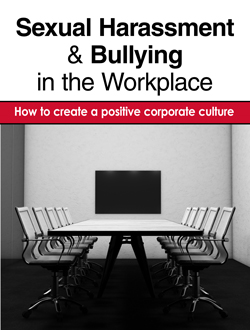
Human Resources for Anyone with Newly Assigned HR Responsibilities
1 Day
- CEU: 0.6
- CPE: 6
- HRCI: 5.5
- PDC: 6
Virtual Seminars:
-
Feb 20
-
Feb 24
-
Feb 25
-
+ 34 more dates
In-Person Events:
- Mar 11, Anaheim, CA
- Mar 21, Denver, CO
-
+ 1 more dates
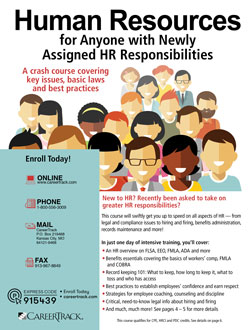
Employment Law
1 Day
- CEU: 0.6
- CPE: 6
- HRCI: 5.5
- PDC: 6
Virtual Seminars:
-
Feb 27
-
May 6
-
May 7
-
+ 2 more dates
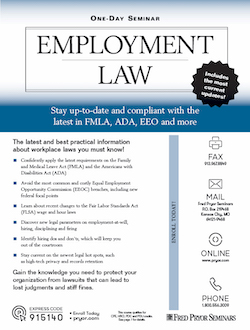
Training the Trainer
1 Day
- CEU: 0.6
- CPE: 6
Virtual Seminars:
-
Feb 25
-
Feb 27
-
Mar 4
-
+ 20 more dates

Learn to Write Effective Policies & Procedures
1 Day
- CEU: 0.6
- CPE: 6
Virtual Seminars:
-
Feb 28
-
May 5
-
May 16
-
+ 2 more dates

Payroll Law
1 Day
- CEU: 0.6
- CPE: 6
- HRCI: 5.5
- PDC: 6
Virtual Seminars:
-
Feb 21
-
Feb 24
-
Feb 28
-
+ 24 more dates
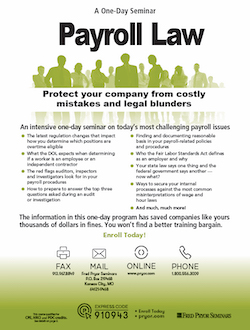
Comprehensive Training for HR Managers (2-Day)
2 Days
- CEU: 1.2
- CPE: 12
- HRCI: 11
- PDC: 12
Virtual Seminars:
-
Feb 20-21
-
Feb 24-25
-
Mar 5-6
-
+ 23 more dates
In-Person Events:
- Feb 25-26, Orlando, FL
- Feb 27-28, Nashville, TN

The Essentials of HR Law
1 Day
- CEU: 0.6
- CPE: 6
- HRCI: 5.5
- PDC: 6
Virtual Seminars:
-
Feb 20
-
Feb 25
-
Feb 28
-
+ 23 more dates
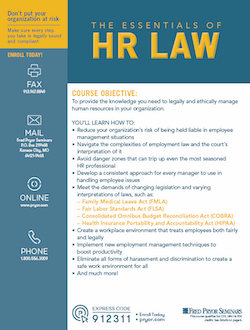
FMLA Compliance
1 Day
- CEU: 0.6
- CPE: 6
- HRCI: 5.5
- PDC: 6
Virtual Seminars:
-
Feb 21
-
Feb 25
-
Mar 4
-
+ 14 more dates
